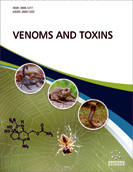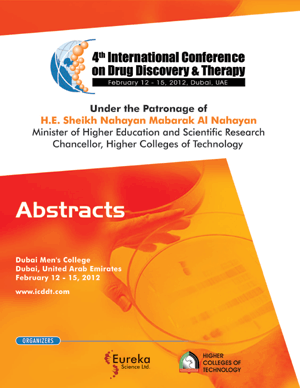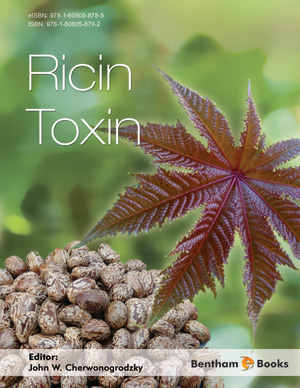Abstract
The paper and pulp industry generates enormous amounts of wastewater
containing high quantities of chlorinated toxicants. These volatile organochlorine
compounds are widespread toxic chemicals that may cause harmful effects on humans
via interaction with human α-amino-β-carboxymuconate-ε-semialdehyde
decarboxylase (hACMSD) which is a vital enzyme of the kynurenine pathway in
tryptophan metabolism. It averts the accumulation of quinolinic acid (QA) and supports
the maintenance of the basal Trp-niacin ratio. Herein, we report the optimization of
organochlorine compounds employing density functional theory (DFT) with B3LYP/6-
311G+(d,p) basis set to elucidate their frontier molecular orbitals as well as the
chemical reactivity descriptors. The DFT outcome revealed that organochlorine
compounds show a lower HOMO-LUMO gap as well as a higher electrophilicity index
and basicity as compared to the substrate analogue, Dipicolinic acid. To assess the
structure-based inhibitory action of organochlorine compounds, these were docked into
the active site cavity of hACMSD. The docking simulation studies predicted that
organochlorine compounds require lower binding energy (-3.86 to -6.42 kcal/mol)
which is in good agreement with the DFT calculations and might serve as potent
inhibitors to hACMSD comparable with its substrate analogue, Dipicolinic acid which
has a binding affinity of -4.41 kcal/mol. Organochlorine compounds interact with key
residues such as Arg47 and Trp191 and lie within the active site of hACMSD. The high
binding affinity of organochlorine compounds was attributed to the presence of several
chlorine atoms, important for hydrophobic interactions between the organochlorine
compounds and the critical amino acid residues of the receptor (hACMSD). The results
emphasized that organochlorine compounds can structurally mimic the binding pattern
of Dipicolinic acid to hACMSD.












